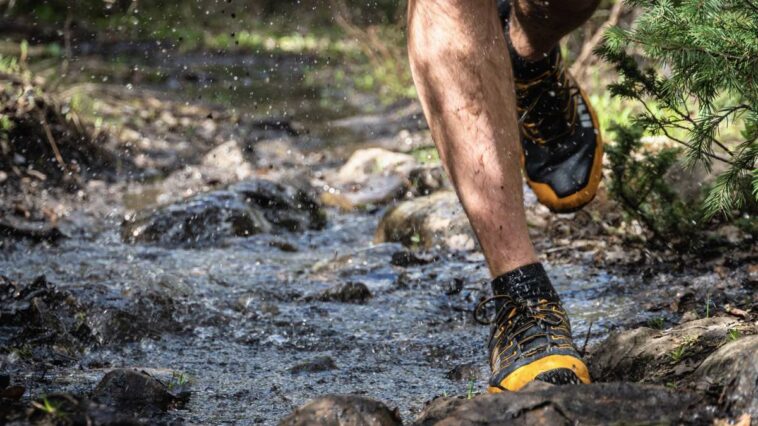Trail running offers an unparalleled connection with nature. As you navigate uneven terrains, leap over roots, and traverse beautiful landscapes, the importance of the right shoe fit becomes increasingly apparent. These shoes are the primary interface between your feet and the rugged trails. An improper fit can hinder your performance, cause discomfort, and even result in injuries. In contrast, a well-fitting shoe amplifies your running experience, allowing you to focus on the rhythm of your stride and the beauty of your surroundings. This guide will provide you with an in-depth understanding of how trail running shoes should fit, ensuring that every run becomes a symphony of movement and exploration.
Understanding Foot Anatomy
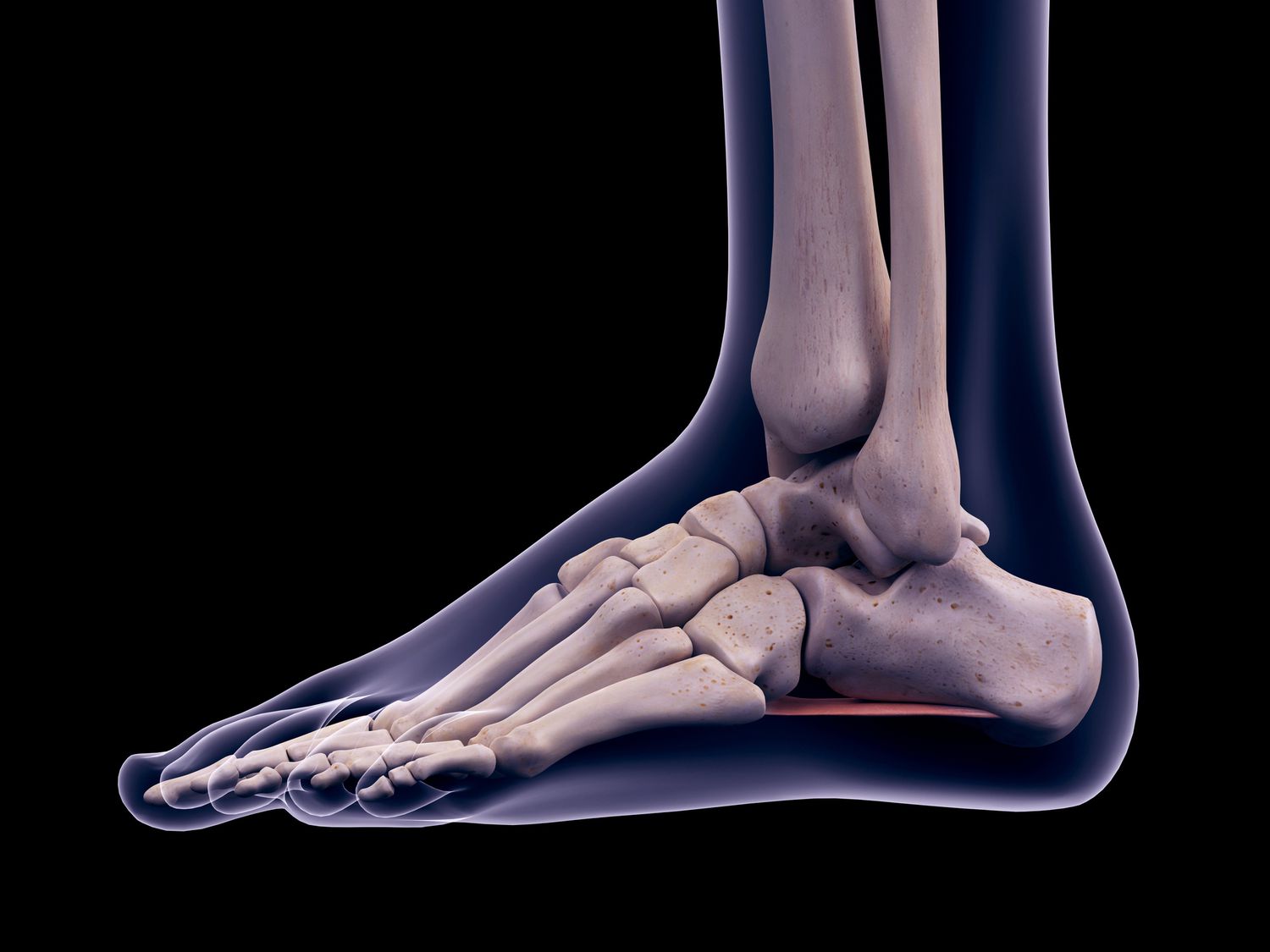
The foot is a biomechanical masterpiece, consisting of 26 bones, 33 joints, and more than 100 muscles, tendons, and ligaments. These components work in harmony to support our entire body weight, providing mobility and stability. Central to the discussion of shoe fit is the arch of the foot. Generally, it falls into one of three categories: low (flat feet), neutral, or high. Each of these arch types requires specific support.
For instance, those with high arches often need shoes with added cushioning to absorb shock and distribute pressure, while individuals with flat feet might benefit from shoes that provide more structured arch support to prevent overpronation. By understanding the unique structure of your foot, you’re better equipped to select shoes that cater to your anatomical needs, ensuring comfort, support, and reduced risk of injuries.
Footwear Sizing: Numbers vs. Comfort
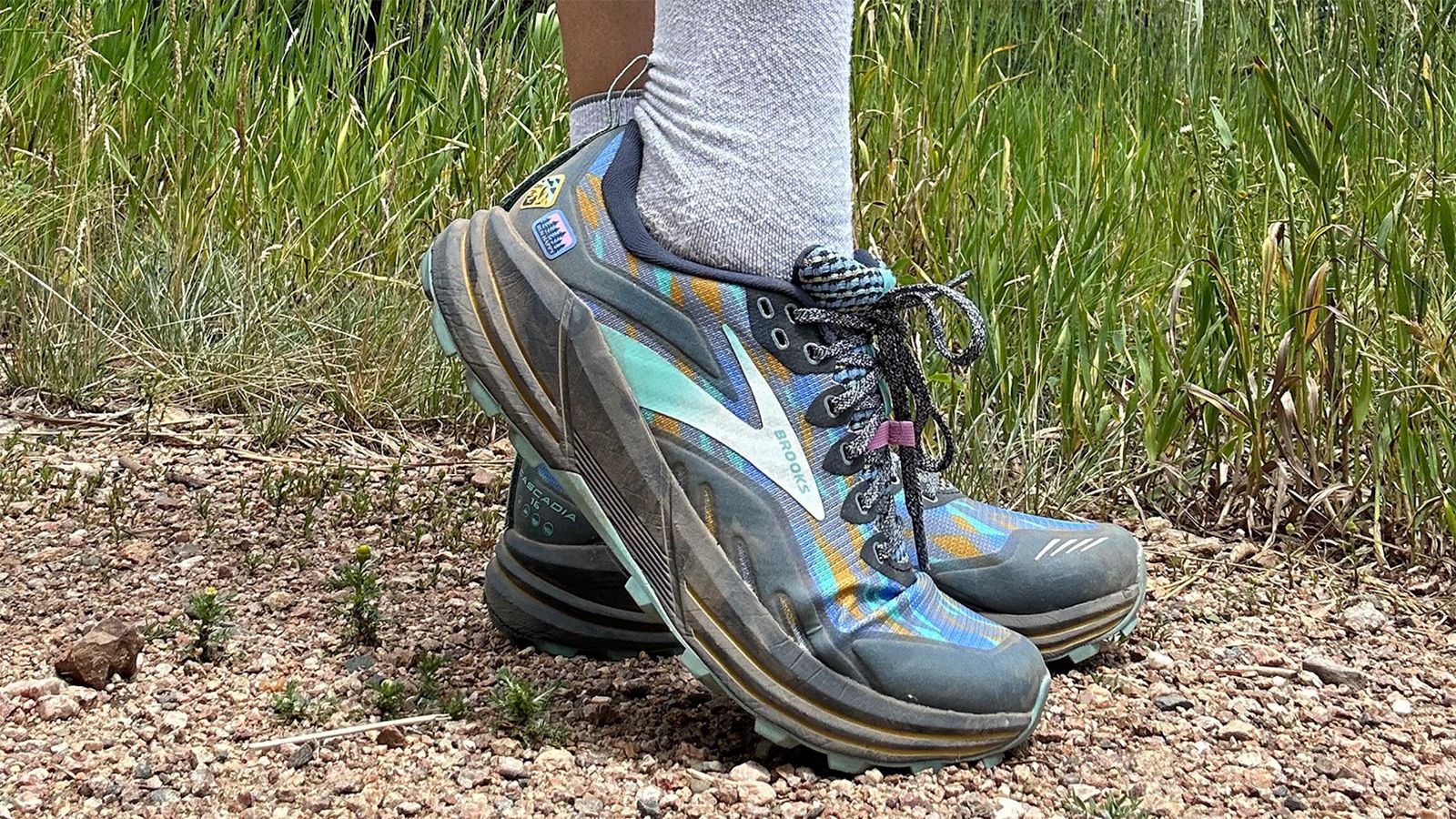
In the world of footwear, numbers serve as a preliminary guide. However, it’s crucial to remember that shoe sizing can vary significantly between brands, styles, and even individual pairs. A size 10 in one brand might feel completely different from a size 10 in another. Beyond these numerical sizes, the paramount factor is the comfort and fit of the shoe on your foot.
Especially in trail running, where conditions change, and your feet are subjected to various pressures, the shoe’s comfort level plays a pivotal role. Factors like foot swelling after long runs or during warmer conditions can influence fit. Thus, the ideal shoe will feel snug without being too tight, offering ample room for movement while remaining securely in place.
Trail Running Shoe Types
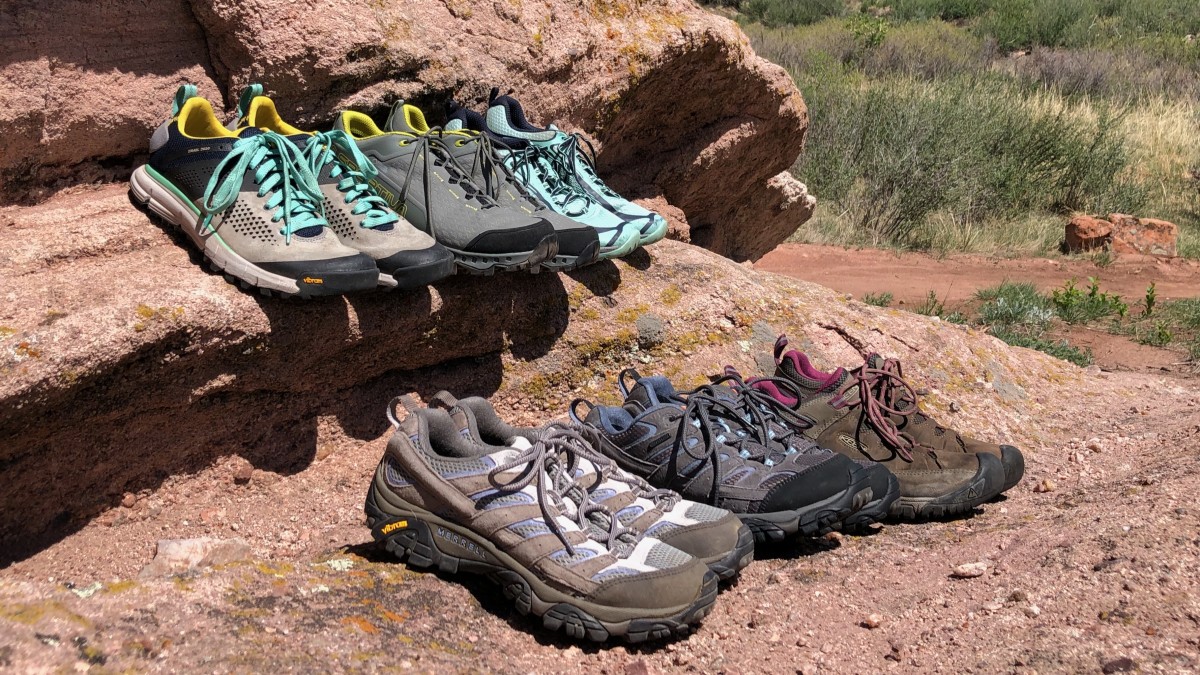
Trail running shoes come in a wide array of designs, each tailored to different needs and terrains. Among the popular types are:
Minimalist: These shoes provide a barefoot-like experience, emphasizing natural foot movement. They often have a zero or low drop and less cushioning. When trying them on, the fit should feel like a second skin without any pressure points.
Cushioned: These prioritize comfort, with thick midsoles that absorb impact. When fitting, it’s essential to ensure the foot doesn’t feel lost within the shoe, maintaining a delicate balance between cushioning and control.
Stability: Designed for those who overpronate (roll their feet inward when running). The fit should offer excellent arch support and a snug midfoot to prevent excessive movement.
Knowing the demands of your feet and the specificities of the trail you’ll be conquering is vital. This knowledge ensures you match your needs with the shoe’s design, resulting in optimal performance and reduced injury risk which is easier done at one of the best online running shop UK has to offer.
Measuring Your Feet
It’s surprising how many people wear the wrong shoe size simply because they haven’t measured their feet recently. Remember, feet can change over time due to factors like age, weight changes, or even pregnancy. To get an accurate measurement:
- Use a flat surface and a wall.
- Stand with one foot on a piece of paper, heel against the wall.
- Mark the tip of your longest toe.
- Measure and compare with brand size charts.
But remember, this is just a starting point. The in-shoe experience remains the ultimate judge.
Sock Choice and Its Impact
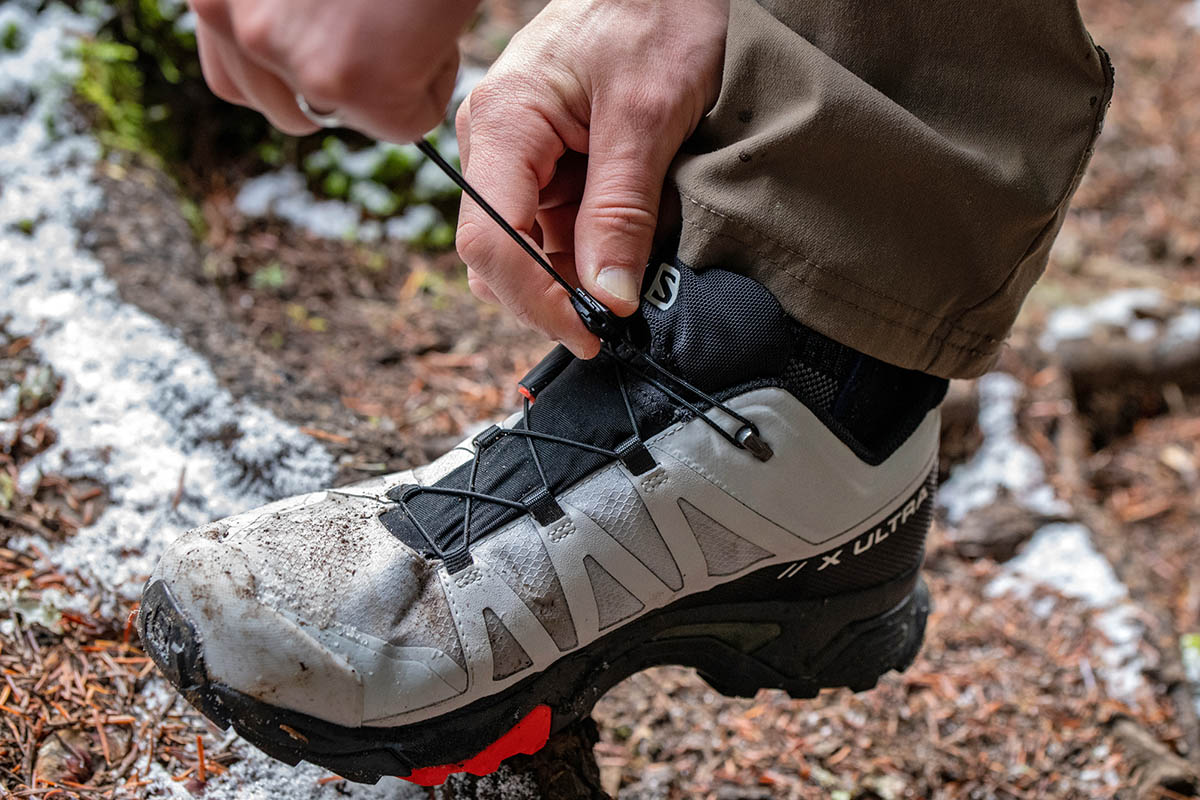
The right socks make a world of difference. They can alter the shoe’s internal volume and manage moisture, reducing blister risk. It’s wise to invest in moisture-wicking socks designed for trail running. And always wear them when trying on potential new shoes to get a genuine feel.
Width and Length Considerations
While length is what most people consider, width is equally crucial. A shoe that’s too narrow can squeeze and cause discomfort, while a too-wide shoe can lead to friction. Your feet should rest comfortably without side pressure or excess movement. Aim for a thumb’s width of space at the front for optimal length.
Toe Box Space
A good trail shoe allows your toes to spread and move. This space prevents blisters, offers balance, and accommodates natural swelling during runs. Aim for a balance: not too tight, yet not so loose that your feet slide.
Heel Support and Lockdown
On uneven trails, with their inherent challenges of rocks, roots, and changing inclines, heel support emerges as a paramount factor for stability. A well-designed trail shoe will contour and cup your heel securely, adapting to its shape while ensuring minimal slippage even during aggressive movements. This precise lockdown not only offers enhanced safety during swift descents or sharp turns but also maximizes power transfer with each stride.
Midfoot Fit and Lacing Techniques
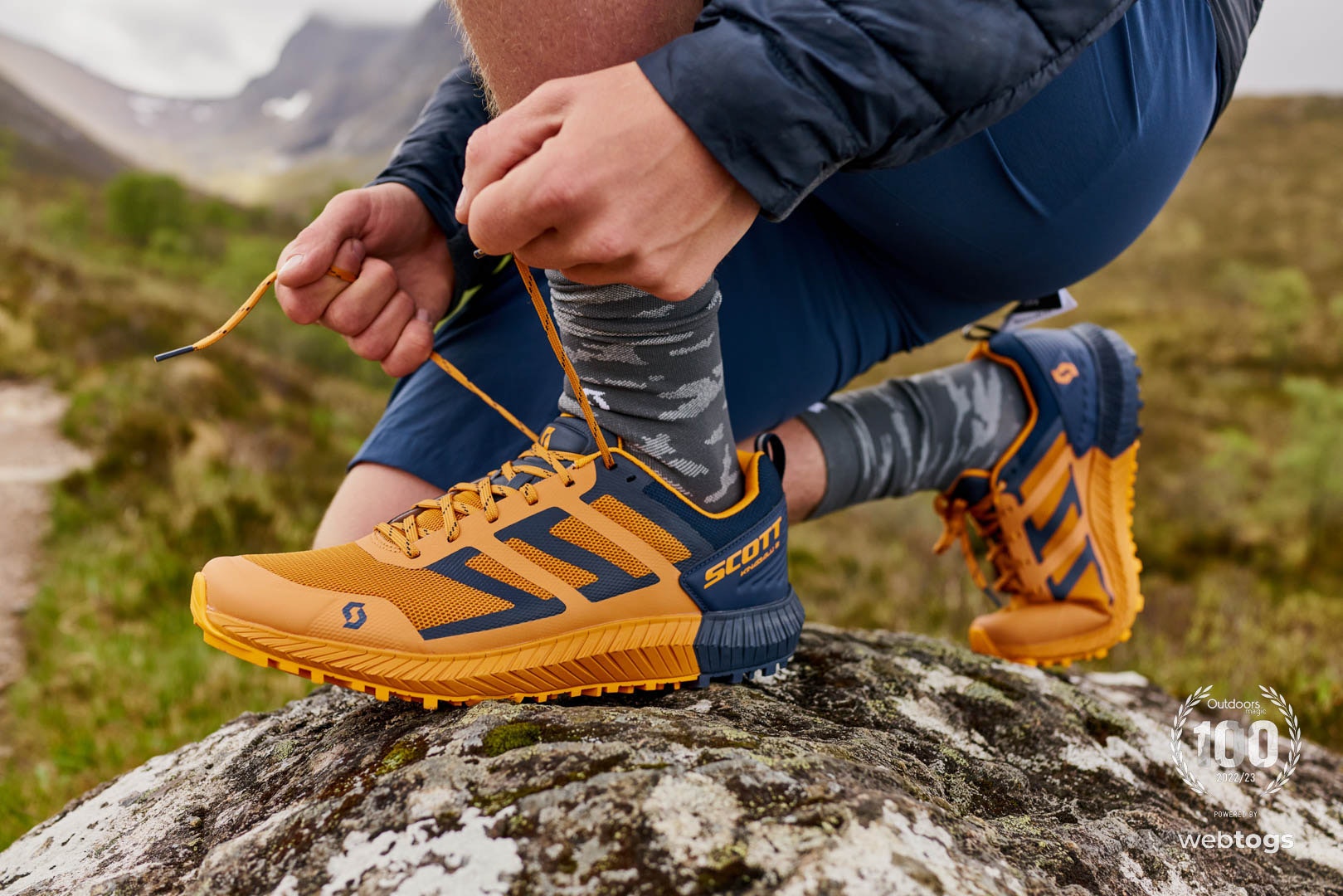
The midfoot, often overlooked, plays a pivotal role in the shoe’s overall stability and the runner’s balance. A trail shoe’s midfoot fit should hug the arch of your foot, providing support that’s snug but not oppressively restrictive, allowing natural movement. Lacing, more than just keeping your shoe on, can be a tool to fine-tune this fit. There are several innovative lacing techniques, such as cross-lacing, loop-lacing, or even parallel lacing, each offering distinct advantages.
Trying Before Buying
In the digital age where online shopping reigns supreme, the tactile experience of physically trying shoes holds invaluable merit. Each brand and model can have nuances in fit, cushioning, and feel. If you’re leaning towards online purchases, it’s wise to stick to familiar brands or those known for consistent sizing, and always ensure a hassle-free return policy, allowing you to send back ill-fitting pairs.
Conclusion and Next Steps
In the realm of trail running, your shoes are paramount. The right fit ensures not just comfort but also performance and safety. As you journey towards finding that perfect pair, remember to re-evaluate fit periodically. Feet change, and so should your shoes. Dive deeper by engaging with fellow trail runners, visiting specialized stores, and staying updated with shoe technology. Prioritize your feet, and every trail will be a joy to conquer. Safe running!



